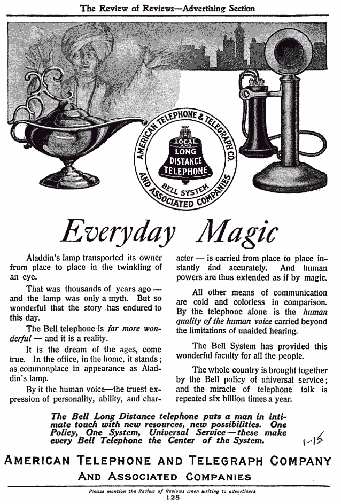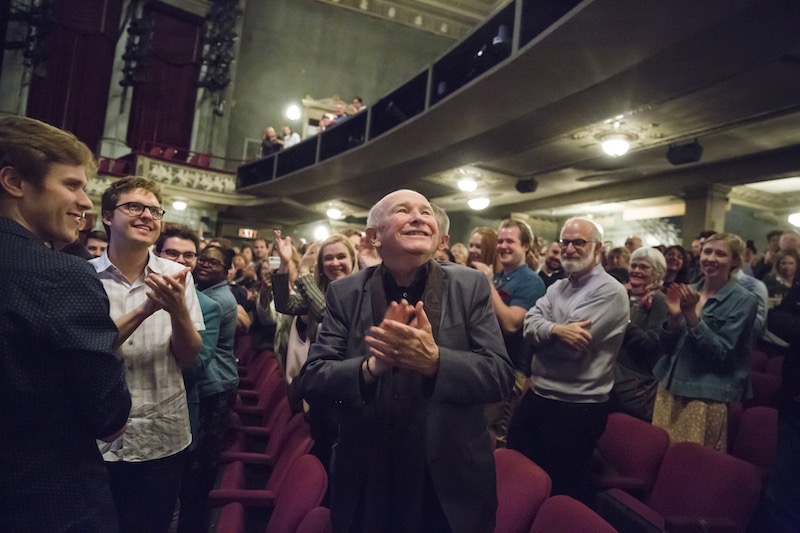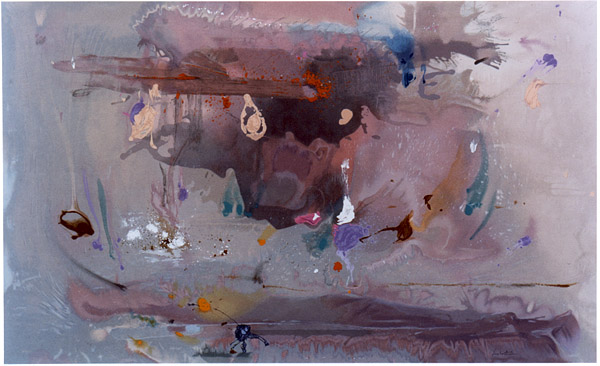
Tommy was overjoyed when I bid successfully on Storm Over Manhattan, one of Lozowick’s most handsome and characteristic prints, copies of which can be found in the collections of the Pennsylvania Academy of the Fine Arts and the Fine Arts Museums of San Francisco as well as in our apartment, where it hangs just outside our kitchen, directly above Childe Hassam’s Storm King. It’s a special favorite of Mrs. T, and I think of her every time I look at it.It was back in 1995 that I met Tommy LiPuma, who produced albums by George Benson, Natalie Cole, Miles Davis, Bill Evans, João Gilberto, Dan Hicks, Paul McCartney, Randy Newman, and countless other musicians of note. I attended one of the recording sessions for Diana Krall’s All for You: A Dedication to the Nat King Cole Trio, which Tommy produced and whose liner notes I subsequently wrote. I found him charming—most people did, I gather, though I suspect he could also be scary—but there was no particular reason for the two of us to strike up an acquaintance at the time, so we didn’t.
It wasn’t until I found out eight years later that Tommy was an art collector of high seriousness that I got to know him a bit. I wrote a Washington Post column about a gallery show of his collection of paintings by American moderns, from which he learned that we shared a passion for the paintings of Arnold Friedman. A few months later he invited me over to his Manhattan apartment to look at the rest of his collection.
From then on we had lunch every couple of years, happily eating pasta and trading jazz-world and art-world gossip. He was the perfect luncheon companion, smart, likable, and utterly honest, and he had marvelous taste both as a producer and as a collector. Much to our mutual amusement, we discovered that we had once both bid on the same Friedman canvas (he won, of course—money talks). It was Tommy who suggested to me that Mrs. T and I might want to consider acquiring a lithograph by Louis Lozowick, a piece of advice that we hastened to take.






